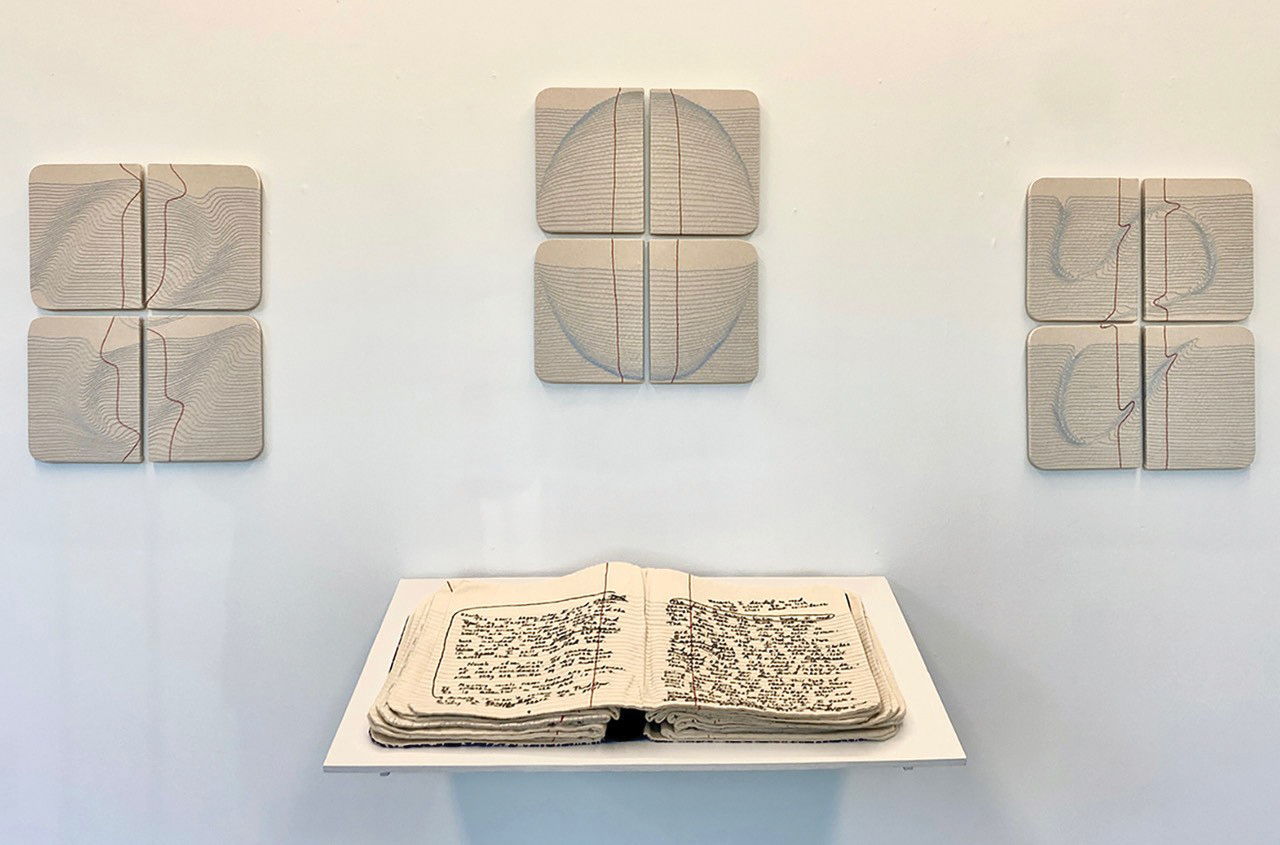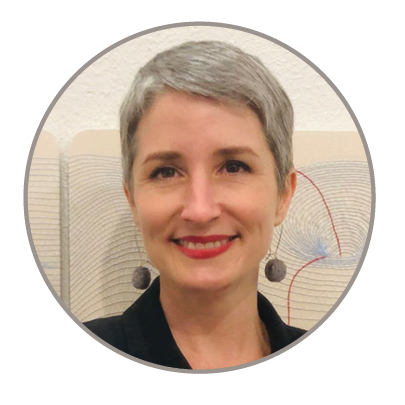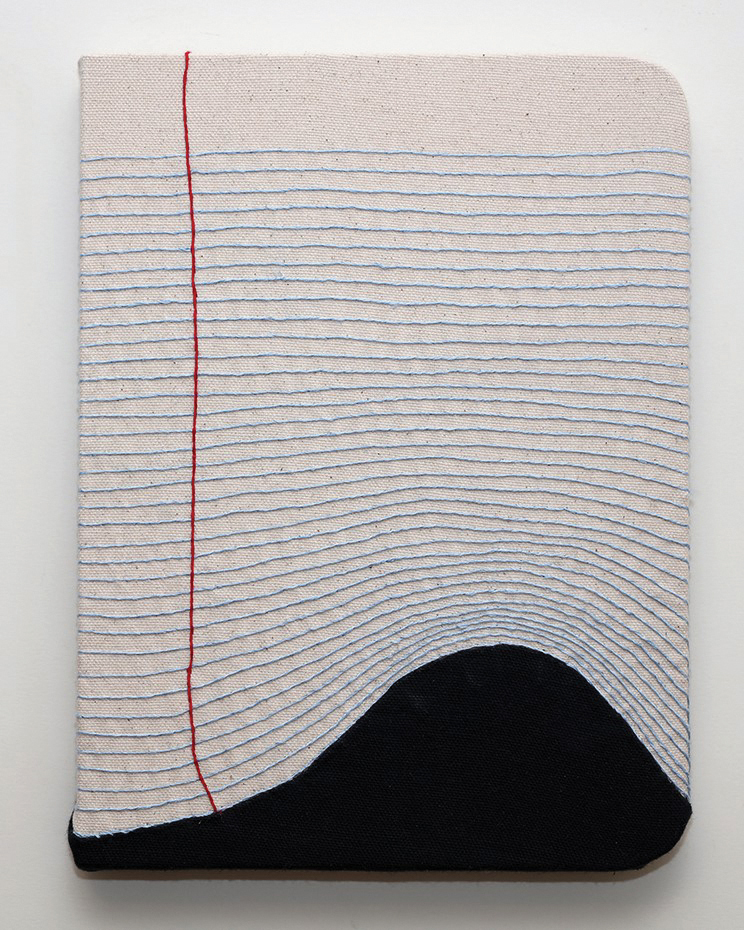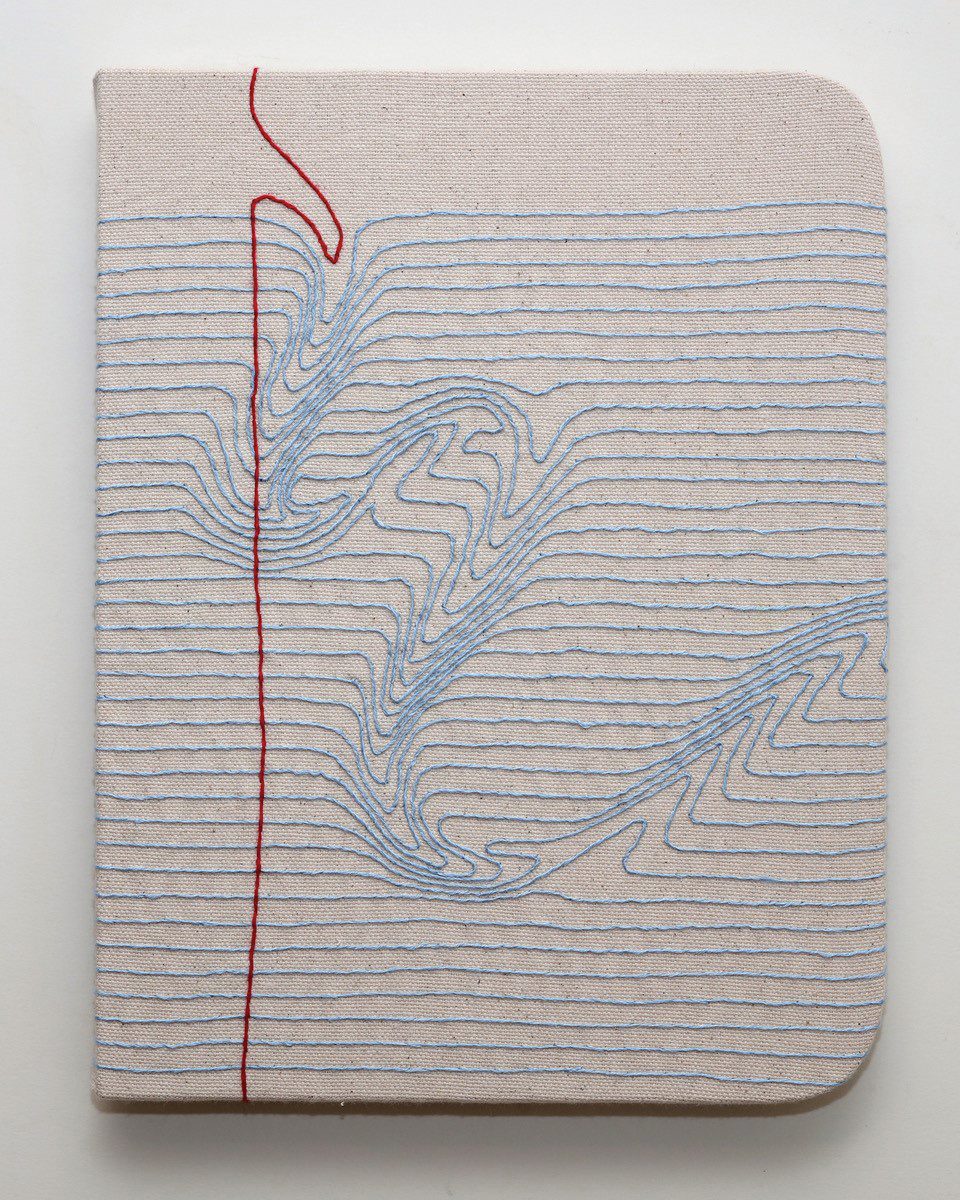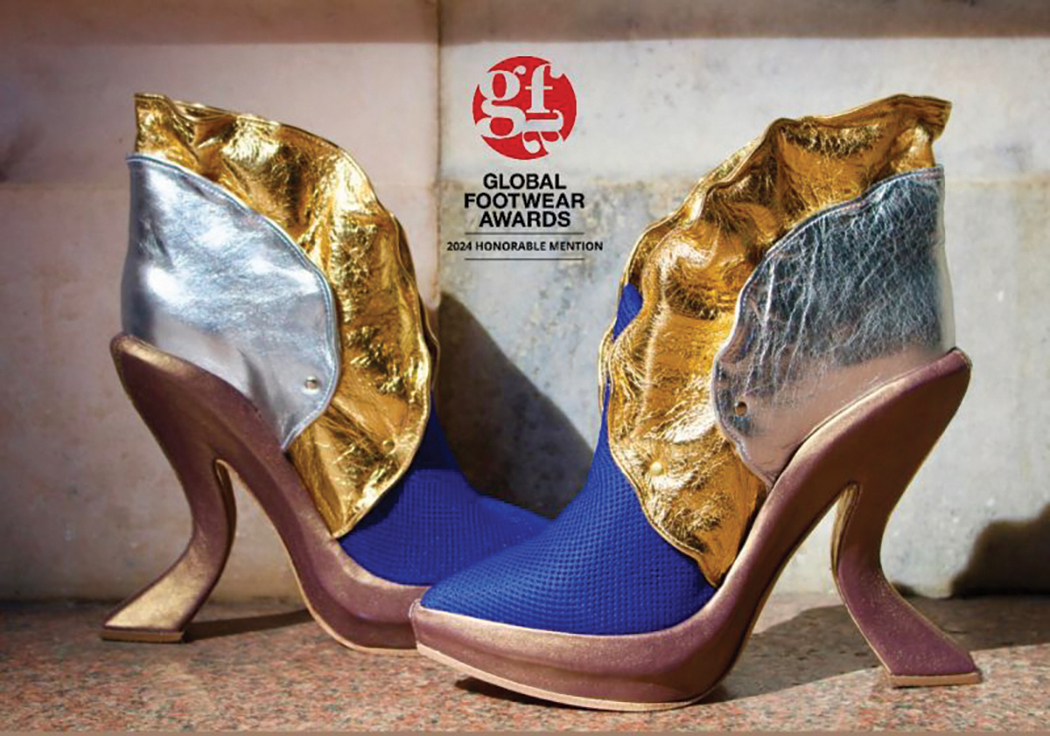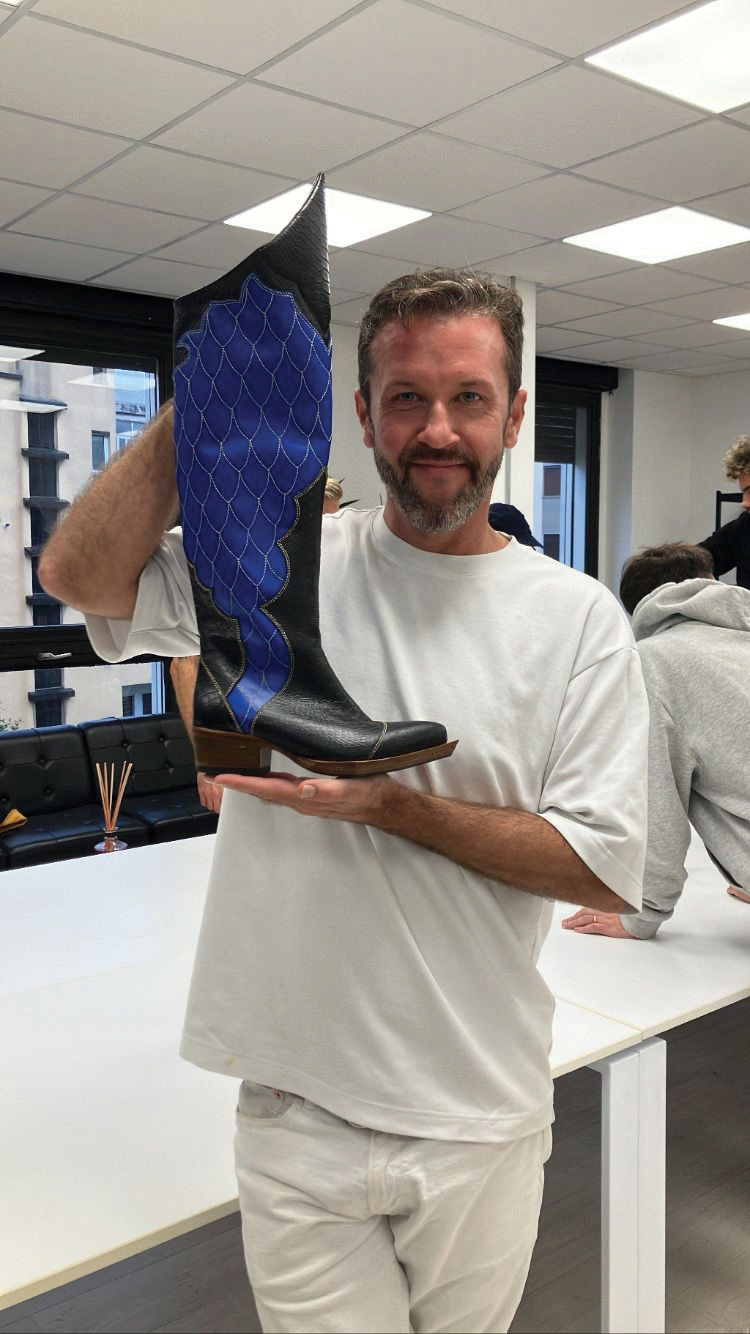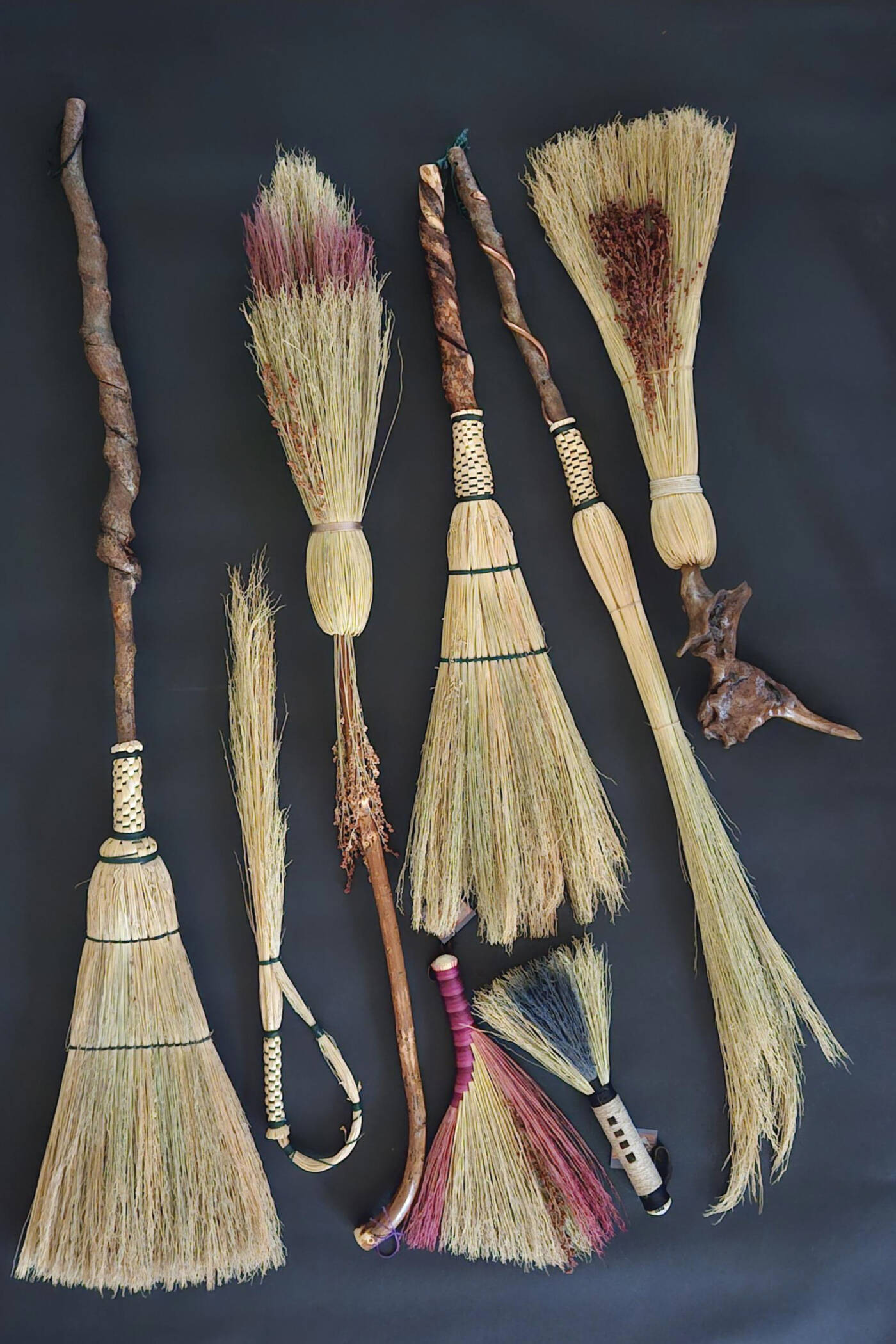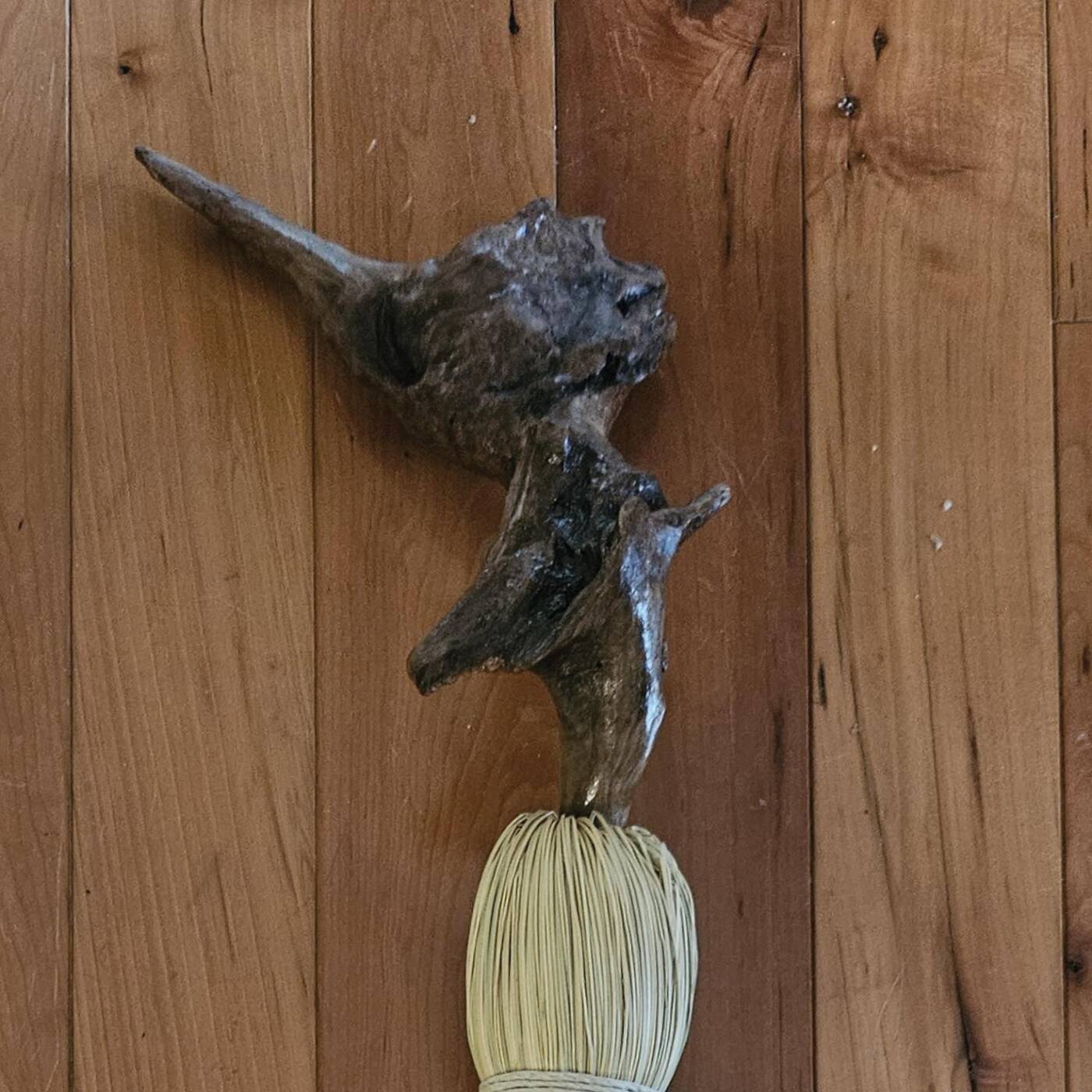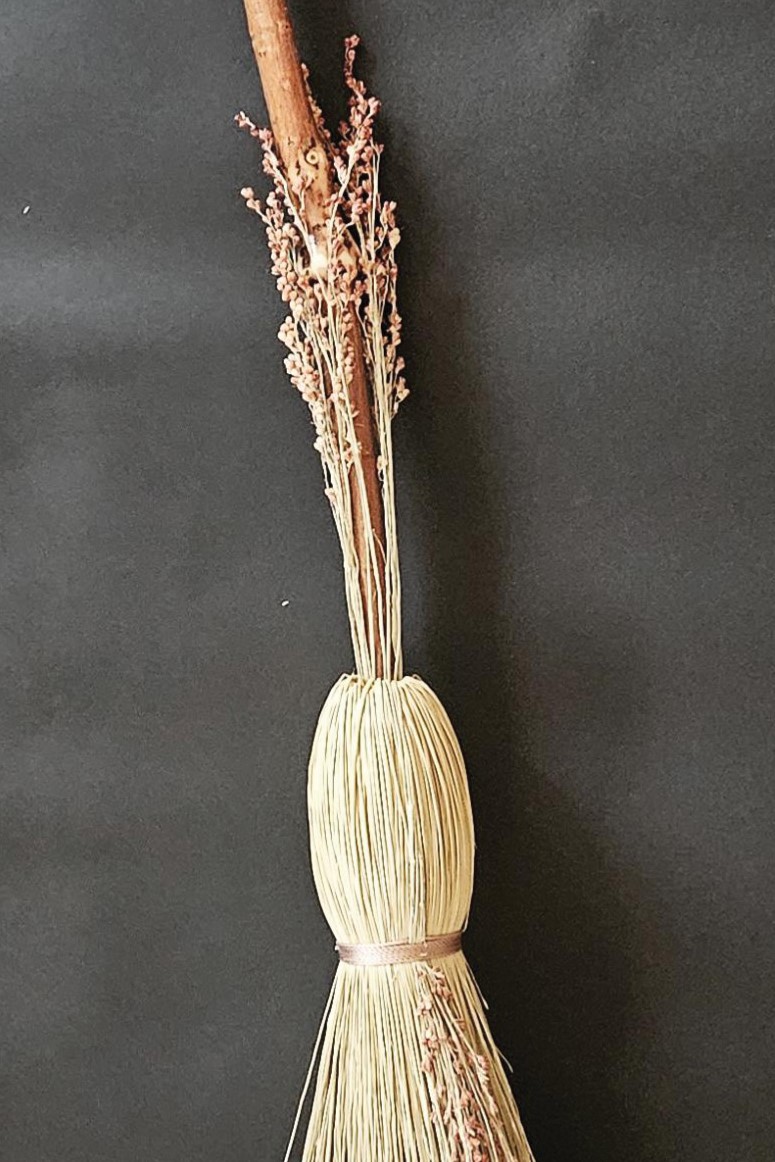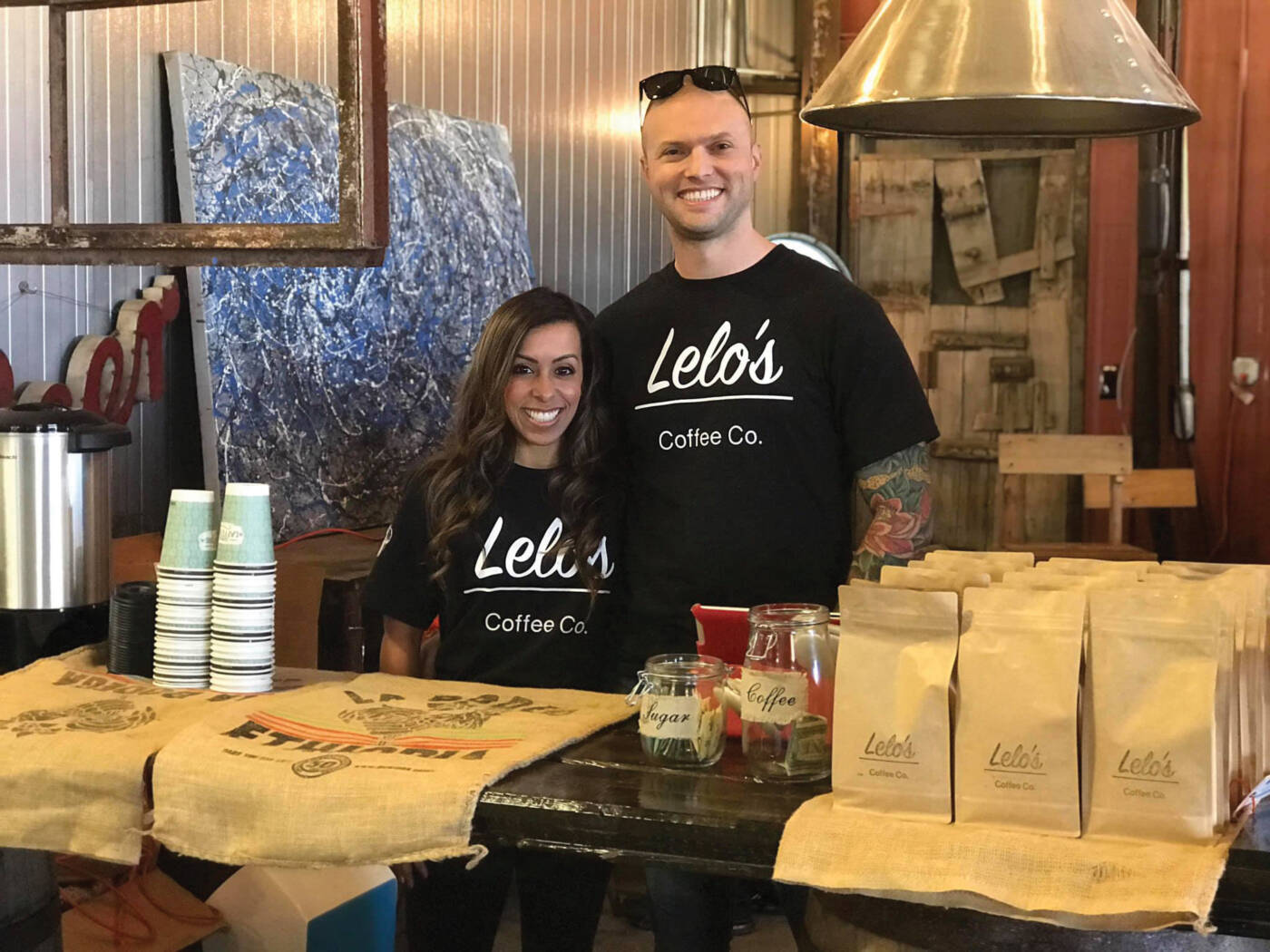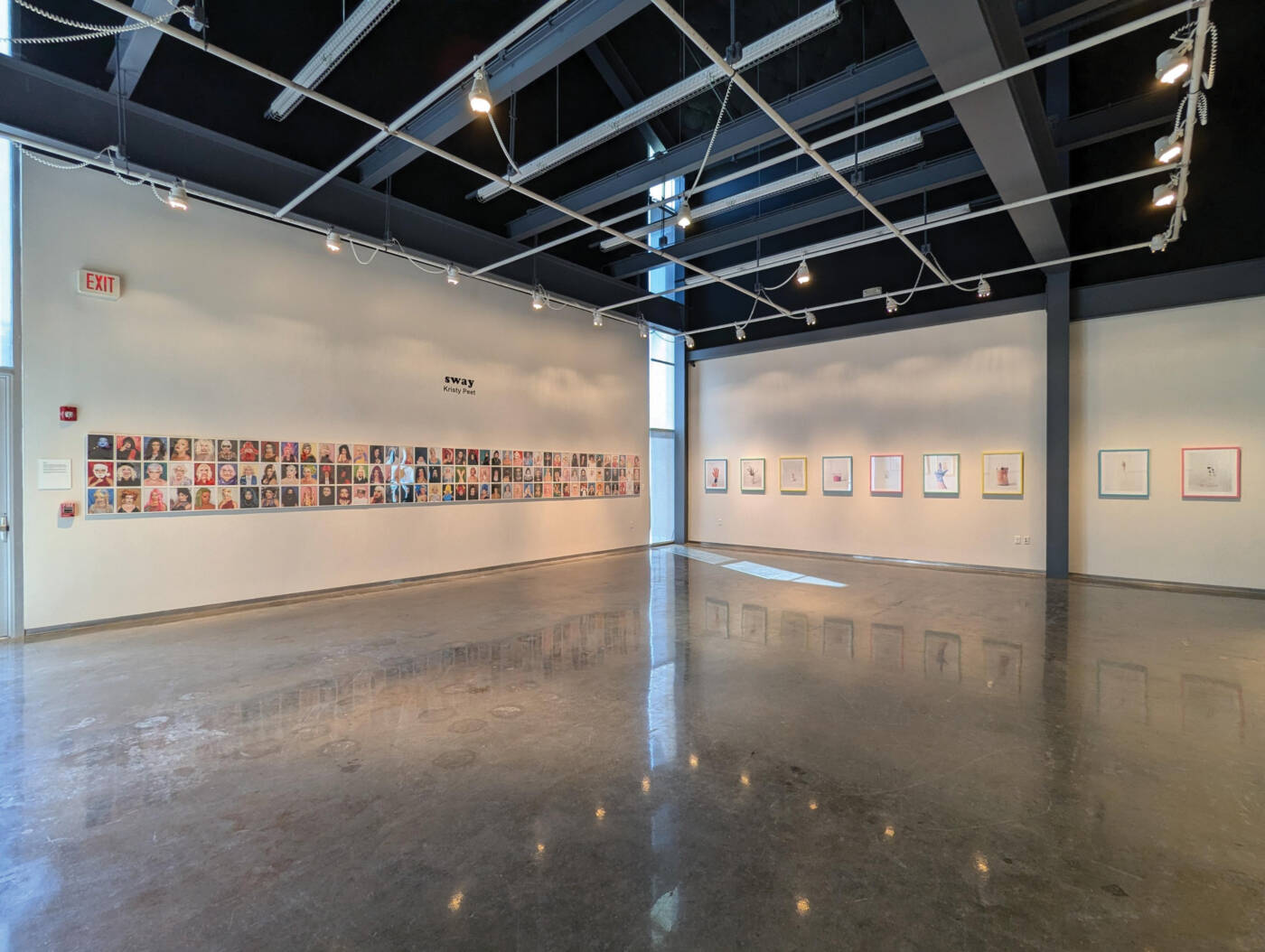
Alumni combine liberal arts education with creative minds to explore interests from boots to beans.
For a liberal arts graduate, it is likely a familiar experience to explain that a liberal arts degree doesn’t mean that one studied art or anticipated a career as an artist, artisan, maker, or other creative type. But for some of our alumni, creative making is the destination to which their path of curiosity and education have led. They are successfully blending the artistic with the technical to bring concepts into reality, demonstrating that a liberal arts education is solid preparation for just about anything. From capital “A” artists to folks making a variety of things that might surprise you, in this issue, we are highlighting just a few examples of the makers among ’RooNation.

Alumni combine liberal arts education with creative minds to explore interests from boots to beans.
For a liberal arts graduate, it is likely a familiar experience to explain that a liberal arts degree doesn’t mean that one studied art or anticipated a career as an artist, artisan, maker, or other creative type. But for some of our alumni, creative making is the destination to which their path of curiosity and education have led. They are successfully blending the artistic with the technical to bring concepts into reality, demonstrating that a liberal arts education is solid preparation for just about anything. From capital “A” artists to folks making a variety of things that might surprise you, in this issue, we are highlighting just a few examples of the makers among ’RooNation.
Candace Hicks ’00 can unquestionably be referred to as a working artist. In addition to her position as Associate Professor of Art at Stephen F. Austin State University, she has a prolific body of work currently featured in over 90 public collections, including the Metropolitan Museum of Art, Museum of Fine Arts Houston, and MoMA NY.
What’s harder to define is her art. The main corpus of her work consists of hand-embroidered books, and in making them she is equal parts writer, builder, needleworker, and designer. “For twenty years, I have been working on a series, Common Threads—hand-embroidered books that catalog coincidences from my reading,” she says. “I read a lot, and I notice that sometimes a word, phrase, or character name appears in two or more books in a row. I find unexpected phrases like ‘black currant lozenge’ or ‘antique dental instrument’ in two unrelated books read in succession.” These coincidences serve as topics for her musings, which Candace hand-stitches into composition notebooks she creates from fabric and thread.
Notes for String Theory is another project composed of dozens of related, yet unique individual pieces. “Playing around with a way to make a drawing of a sheet of blank paper, I discovered that I could stretch the embroidered canvas like a painting over a shaped panel,” Candace explains. “Suddenly, so many variations occurred to me. I’ve made hundreds of these drawings. They share the trompe l’oeil effect of the notebooks in that viewers sometimes do a double take, at first not placing the texture as stitching.”
Candace says her undergraduate studies in art at Austin College laid the foundation for her career as an artist. That foundation also contributed to her recent selection as a Fulbright U.S. Scholar, which will take her to Amiens, France, from January through July 2025, where she will be researching textiles and creating a project on the subject of reproductive health care.
Caleb Charles Campaigne ’04 has enjoyed a career in the arts, and credits his time as an art major at Austin College with developing his appetite for research, sculpting, painting, and art history. “Professor Mark Monroe taught a 3D sculpture class that really demonstrated it is possible to create anything and nothing is impossible,” he says. This idea of limitless potential further fed his fascination with fashion, especially footwear design.
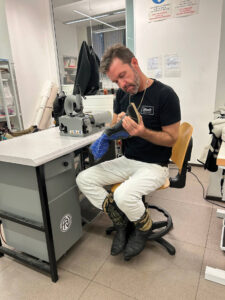 The opportunities Austin College provided to travel abroad and learn in different cultures has proven especially valuable for Caleb, as he has lived and worked around the world. He says, “I was invited to attend Kobi Levi & René van den Berg’s Masterclass in The Netherlands. I have consulted with fashion brands in Europe, Mexico, and Texas.” In 2023, he attended the Arsutoria School in Milan, Italy, where he earned a Shoe One-Year Diploma. “I completed courses in shoe pattern making, sewing, leather and materials, outsole design, fashion history, hand and digital drawing, 3D design (iCad & Rhino), collection line building, and prototyping,” Caleb explains.
The opportunities Austin College provided to travel abroad and learn in different cultures has proven especially valuable for Caleb, as he has lived and worked around the world. He says, “I was invited to attend Kobi Levi & René van den Berg’s Masterclass in The Netherlands. I have consulted with fashion brands in Europe, Mexico, and Texas.” In 2023, he attended the Arsutoria School in Milan, Italy, where he earned a Shoe One-Year Diploma. “I completed courses in shoe pattern making, sewing, leather and materials, outsole design, fashion history, hand and digital drawing, 3D design (iCad & Rhino), collection line building, and prototyping,” Caleb explains.
Arguably, his most notable creation has been THRYA, for which he was awarded Honorable Mention in the 2024 Global Footwear Awards. The design was created from scratch, down to the curved heel, sculpted from a mold of Caleb’s own creation. Clad in mesh and leather of royal blue, gold, and silver—traditional Danish colors—and accentuated with gold and silver rivet hardware, the boot was inspired by Thrya, Queen of Denmark, who was known as the “strength” or “salvation” of her country. Of the design, Caleb says, “Together, the elements of gold and silver with the commanding power of a sturdy heel and a slight lift embody regal strength and confidence that I hope transfers to the wearer.” His blending of technical mastery with artistic vision showcases innovative craftsmanship that resonates with history, culture, and personal expression.
Dr. Mark Smith ’74
Journeyman Broom Maker | Nisswa, Minnesota

The word “broom” isn’t likely to arise in conversations about art. However, the post-retirement work of Dr. Mark Smith ’74 (not to be confused with Mark S. Smith, Professor Emeritus of Art) goes far beyond making simple implements used to sweep floors. “I build handmade whisk, hearth, and sweeper brooms, mostly in the Appalachian tradition,” Mark explains. “I amused myself in the hard sciences for my entire career (biochemistry, immunology, drug and medical device development), so when I retired, I may have had a few repressed artistic tendencies.” Broom making is considered an obsolete occupation, appearing in lists with the likes of knockers-up, lamplighters, and town criers, but the fact that brooms no longer need to be fully utilitarian allows modern-day broom-squires to explore the artistic aspect of their creation.
“I was introduced to the craft of broom tying at the North House Folk School in Grand Marais, Minnesota, where I acquired the basic knowledge for assembling whisk brooms, novelty brooms, hearth brooms and traditional kitchen sweepers,” says Mark. “The processed broomcorn used is a traditional material identical to that produced by many Midwestern farms in the late 19th century as raw material for the thriving cottage industry of broom making. The handles are made of harvested saplings (either straight or vine curled oddities) or storm-felled split logs of pine, birch, oak, and ash. Colored nylon twine is used to attach the broomcorn to the handles, or to cinch the processed broomcorn when making smaller whisks or hearth brooms. Occasionally, the broomcorn is hand-dyed to add more vivid color than the natural tones of the raw wood and fiber.”
The Austin College tenets of mentorship and lifelong learning are still much a part of this Golden ’Roo’s life and his post-career pursuits. He continues, “I also had an opportunity to work with master broom-squire Marlow Gates at the John C. Campbell Folk School in North Carolina. Working with a master crafter is a wonderful and enlightening experience. It’s truly rewarding to create a functional piece that folks really connect with, and they are willing to both use it and hang it on the wall for ‘show.’”
Dr. Sandy Davis ’06 and her husband, Derek, are self-taught coffee roasters and owners of Lelo’s Coffee Co. based in McKinney, Texas. Their beans are roasted to order and delivered to individual customers who’ve ordered through their online store or to one of several businesses that either serve their coffee or incorporate it into their own products. “We wouldn’t have made it so far with Lelo’s if not for the collaborations and relationships we’ve secured and the immense support we continue to receive from other businesses and the community,” Sandy says. “One of our favorite collaborations is our coffee whiskey, called Andromeda.” Andromeda was made in conjunction with Ironroot Distillery in Denison, which is partially owned by fellow ’Roo Robert Likarish ’09.
Sandy is proud of her Puerto Rican heritage, one element of which is its “coffee culture.” She says, “At the time of my grandfather’s passing in 2017, we visited a coffee shop that roasted their own beans, and it sparked the idea.” The resulting business is named in honor of Sandy’s late grandfather, Luis Ayala-Bousono, affectionately known as Lelo.
Sandy met Derek during her senior year at Austin College, where she earned a degree in psychology. That’s right—she’s also a practicing psychologist in addition to being an entrepreneur with a thriving business and plans for opening a café. She credits her time on campus with helping her develop the skills required to balance competing roles. She says, “The idea of community and individuality existing side-by-side is such a huge part of the culture at AC.” Sandy’s melding of professional pursuits with entrepreneurial ambitions perfectly demonstrates the balance and versatility among Austin College alumni.
Kristy Peet ’02
Photography | Houston, Texas

 Kristy Peet ’02 works primarily in photography, using a large format film camera to capture scenes she most often creates in her studio. “I’m interested in personal psychology,” Kristy says. “My work is generally about topics that are of special interest to me at the moment.”
Kristy Peet ’02 works primarily in photography, using a large format film camera to capture scenes she most often creates in her studio. “I’m interested in personal psychology,” Kristy says. “My work is generally about topics that are of special interest to me at the moment.”
Her time at Austin College has had a lasting impact on her creative pursuits. She shares, “I took my first photography class at AC, and it altered the course of my life. I’m still using skills I learned while there.” Kristy credits retired Professor Emeritus of Art Tim Tracz, with whom she still keeps in touch, as a huge influence on her work and skillset. “We went to galleries on field trips that I still visit on a regular basis,” she says.
Kristy’s work was featured in an exhibition, titled Sway, in the Wilma and Terence Dennis Gallery within the Betsy Dennis Forster Art Studio Complex from Homecoming Weekend 2024 until the end of January 2025.
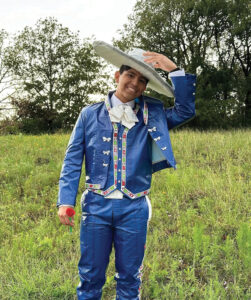 Ahead of the Game
Ahead of the Game
Isaac Cervantes ’28 | Duck Tape® Design Contest Winner
Pilot Point, Texas
Isaac Cervantes ’28 wasn’t entirely on board when his mom suggested he enter the Duck Tape® Stuck at Prom® competition. He was in the middle of his senior year of high school and preparing to attend Austin College in fall 2024. Creating a full tuxedo out of tape seemed a daunting task, but his desire to do one more project with his mom before leaving for college won out. “My mom would send me ideas while I was in class, and I would be drawing outlines of details for the tux. Everything was made out of Duck Tape®, from the buttons to the belt,” says Isaac, whose design was inspired by his Mexican heritage and Christian faith.
The Stuck at Prom® competition is an annual event in which entries of dresses or tuxedos crafted entirely of Duck Tape® are displayed on the company’s website, and winners are chosen by a public online vote. Isaac’s entry was promoted on the AC Alumni Facebook page, and ’RooNation quickly welcomed Isaac to the fold, promoting and boosting his entry. Sixteen rolls of Duck Tape® later, his effort paid off. Isaac was awarded the $15,000 grand prize and an additional $1,000 for creating the most meaningful design.
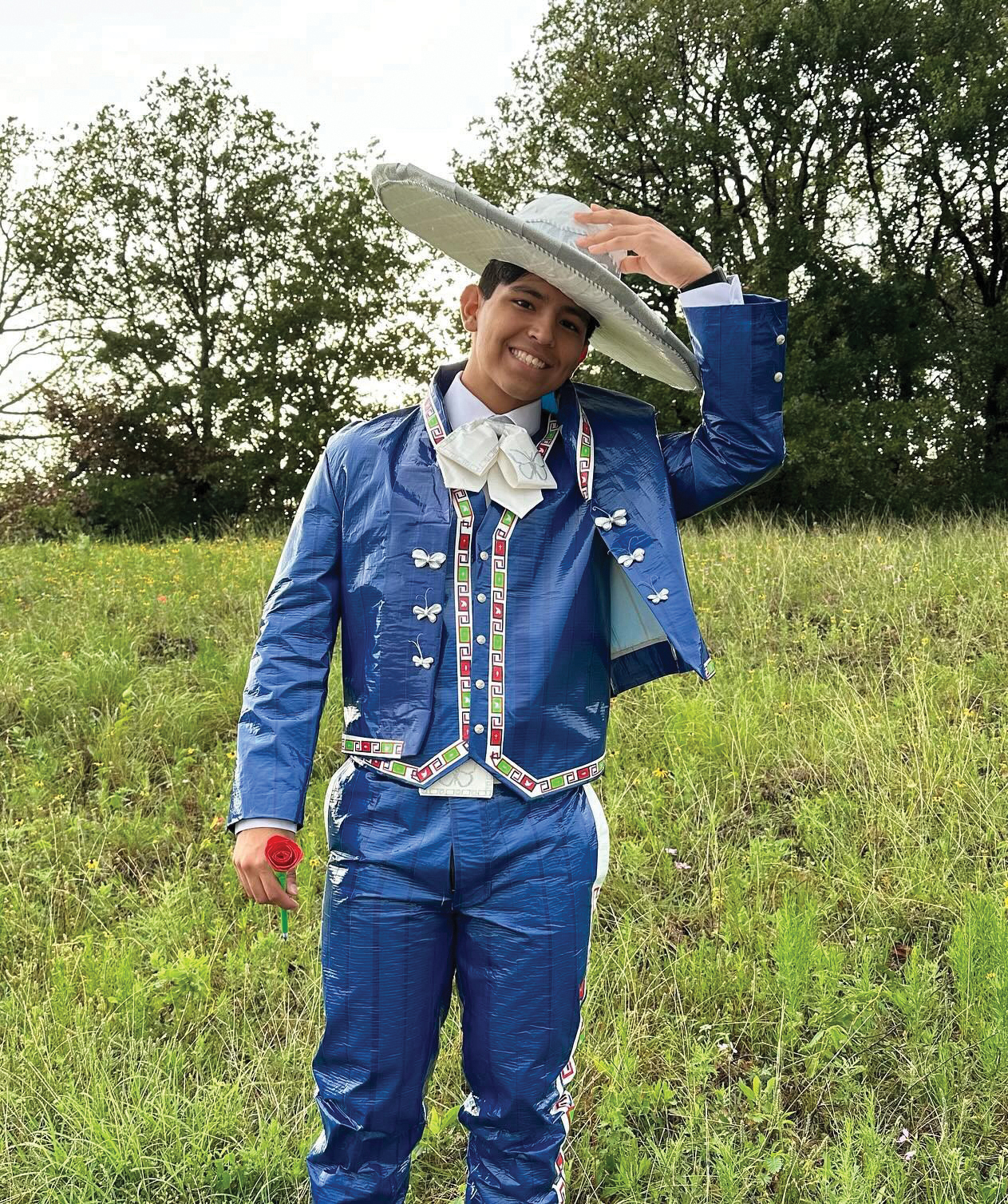
Ahead of the Game
Isaac Cervantes ’28 | Duck Tape® Design Contest Winner
Pilot Point, Texas
Isaac Cervantes ’28 wasn’t entirely on board when his mom suggested he enter the Duck Tape® Stuck at Prom® competition. He was in the middle of his senior year of high school and preparing to attend Austin College in fall 2024. Creating a full tuxedo out of tape seemed a daunting task, but his desire to do one more project with his mom before leaving for college won out. “My mom would send me ideas while I was in class, and I would be drawing outlines of details for the tux. Everything was made out of Duck Tape®, from the buttons to the belt,” says Isaac, whose design was inspired by his Mexican heritage and Christian faith.
The Stuck at Prom® competition is an annual event in which entries of dresses or tuxedos crafted entirely of Duck Tape® are displayed on the company’s website, and winners are chosen by a public online vote. Isaac’s entry was promoted on the AC Alumni Facebook page, and ’RooNation quickly welcomed Isaac to the fold, promoting and boosting his entry. Sixteen rolls of Duck Tape® later, his effort paid off. Isaac was awarded the $15,000 grand prize and an additional $1,000 for creating the most meaningful design.

